Search results for: “”
-
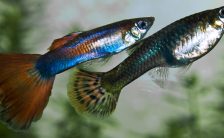
Case Study: How Did the Guppy Get His Color?
This case study examines evolution in guppies as evidenced by color variation in populations. It is based on an iconic study performed by John Endler where he collected data on guppies by scoring the size, number, and brightness of spots. Students progress though the slides (lecture and discussion), and examine details of Endler’s study, such as where…
-
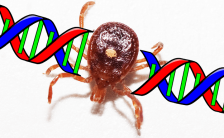
How Can Gene Editing Eliminate Lyme Disease?
This is a close reading and annotation exercise that can be completed in small groups. The article is an abridged version of “Rewriting the Code of Life” from the Annals of Science, January 2017. It includes concepts about transmission of pathogens and secondary hosts followed by an explanation of how CRISPR could be used to…
-
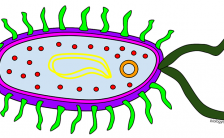
Color a Typical Prokaryote Cell
This worksheet is similar to the animal cell coloring and the plant cell coloring, where the focus is on structures found in the cell and how those structures relate to the cell’s function. Students read a short passage about prokaryotes and the two kingdoms of bacteria: archaeabacteria and eubacteria. The passage includes information about…
-
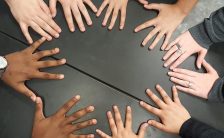
Case Study: How Do Genes Determine Skin Color?
This case study focuses on a news story whose headline declares that a “mother is a the only black woman to give birth to two white babies.” Students look past the sensationalized headline to discover how skin color is controlled by multiple genes and make a final judgement about whether statements made in the…
-
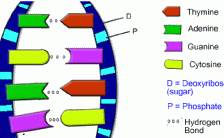
DNA Coloring
DNA, or deoxyribonucleic acid, is a molecule that carries the genetic instructions used in the growth, development, functioning, and reproduction of all known living organisms and many viruses. It consists of two long chains of nucleotides twisted into a double helix structure. Each nucleotide is composed of a sugar molecule (deoxyribose), a phosphate group, and…
-

What Is an Autopsy?
A short article about autopsies and medical examiners intended for students in anatomy. Students read a detailed description of an autopsy and answer questions that require close reading
-
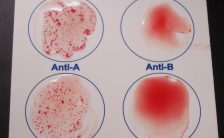
Practice Problems: Genetics and Blood Types
This worksheet provides students with practice problems on multiple allele traits, specifically on how blood types are inherited. The problems focus on the ABO blood groups and students are asked to perform crosses where parents’ blood types are known. For example, if one parent has type O blood and the other parent has…
-
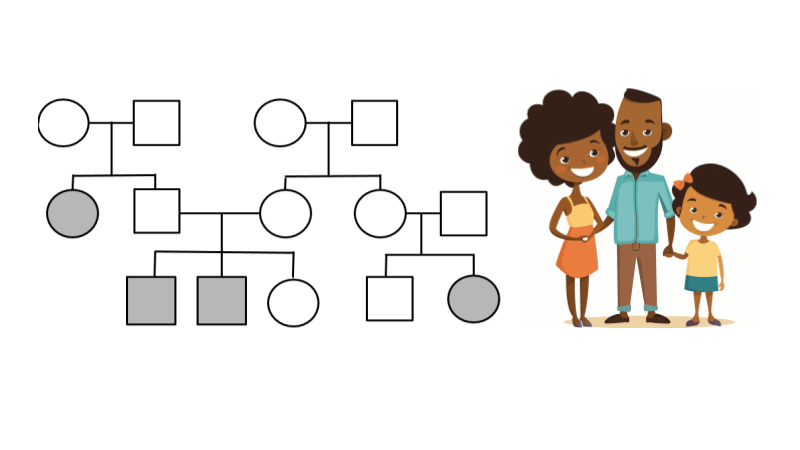
Analyzing Human Pedigrees
Examine pedigrees to determine carriers in a family and inheritance patterns.
-
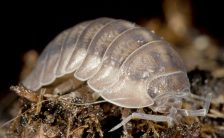
Investigation – Animal Behavior with Isopods
An isopod is a crustacean with a segmented body and seven pairs of legs. They are commonly known as pill bugs, roly-polys, or woodlice. Isopods are found in a variety of habitats, including soil, under rocks, and in decaying wood. They are detritivores, meaning they eat dead and decaying matter. Isopods are an important part…
-
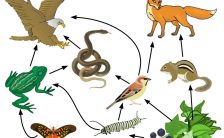
Food Web: Identify Consumers
Food webs are basic concepts in biology and ecology, where students learn the concept of energy flow in an ecosystem by viewing models of food webs. This labeling worksheet asks students to identify the primary, secondary, and tertiary consumers in a forest ecosystem. A food web is a representation of the complex interrelationship between…
-

Practice Genetics: Sex Linked Genes
Students learn basic Mendelian genetics by crossing traits from fruit flies and pea plants. In this extension, students can practice doing crosses that involve sex-linked traits, where the alleles are located on the X chromosome which affects the pattern of inheritance. This worksheet is designed for beginning biology students, as it provides in most…
-
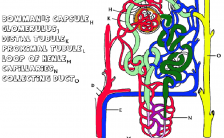
The Anatomy of the Kidney and Nephron
This coloring worksheet asks students to color the kidney to identify where structures like the medulla, cortex, renal vessels and ureters are located. Another image focuses on an individual nephron to identify the glomerulus, proximal and distal tubules, and the Loop of Henle. This worksheet is intended for advanced students of anatomy. Students will…
-
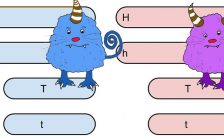
Modeling Independent Assortment & Dihybrid Crosses
Students examine how two traits are inherited, revealing that each allele has an equal chance of being passed on to the next generation, the principle of independent assortment.
-
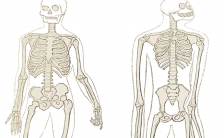
Compare a Human and Chimpanzee Skeleton
This handout can be used in discussions on the evolution of bipedalism or in any unit on the skeletal system. Students label the bones of the skeleton and make comparisons between the forelimbs, hind limbs, and pelvis. I created this handout to compliment an evolutionary lesson and video from HHMI on the “Origin of Humans”…
-

Investigation: Modeling Heredity with Popsicle Sticks
In this activity, you will use popsicle sticks to model the process of gamete formation and the combining of sperm and egg to create offspring. Results of the simulation can then be compared to Punnet square expected results. Popsicles should be made in advance, the set contains a male and female set with the genotypes…

